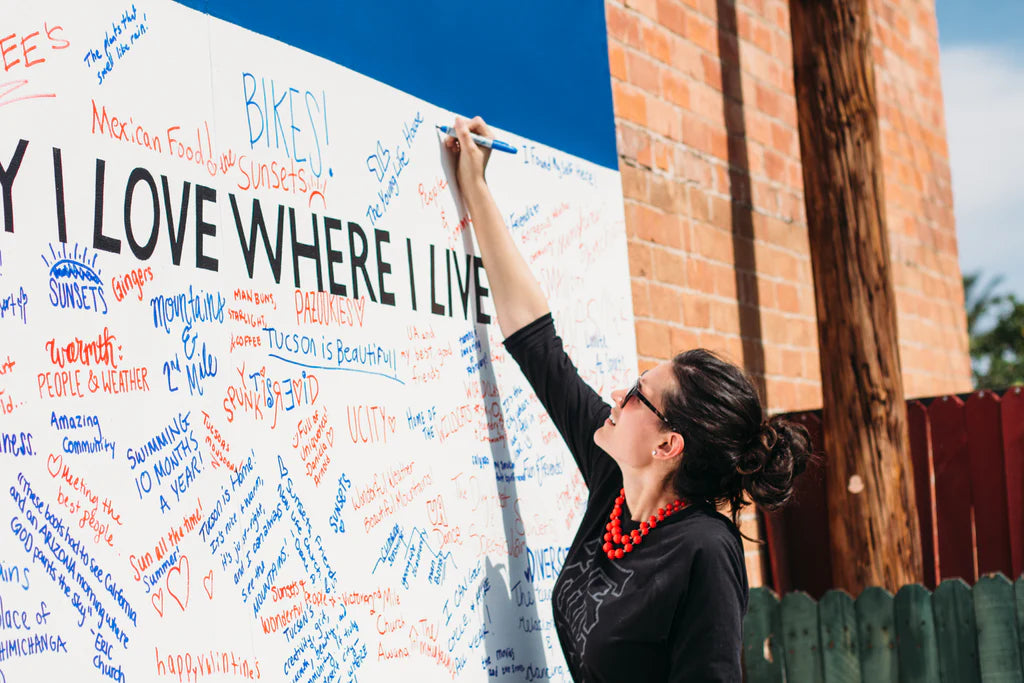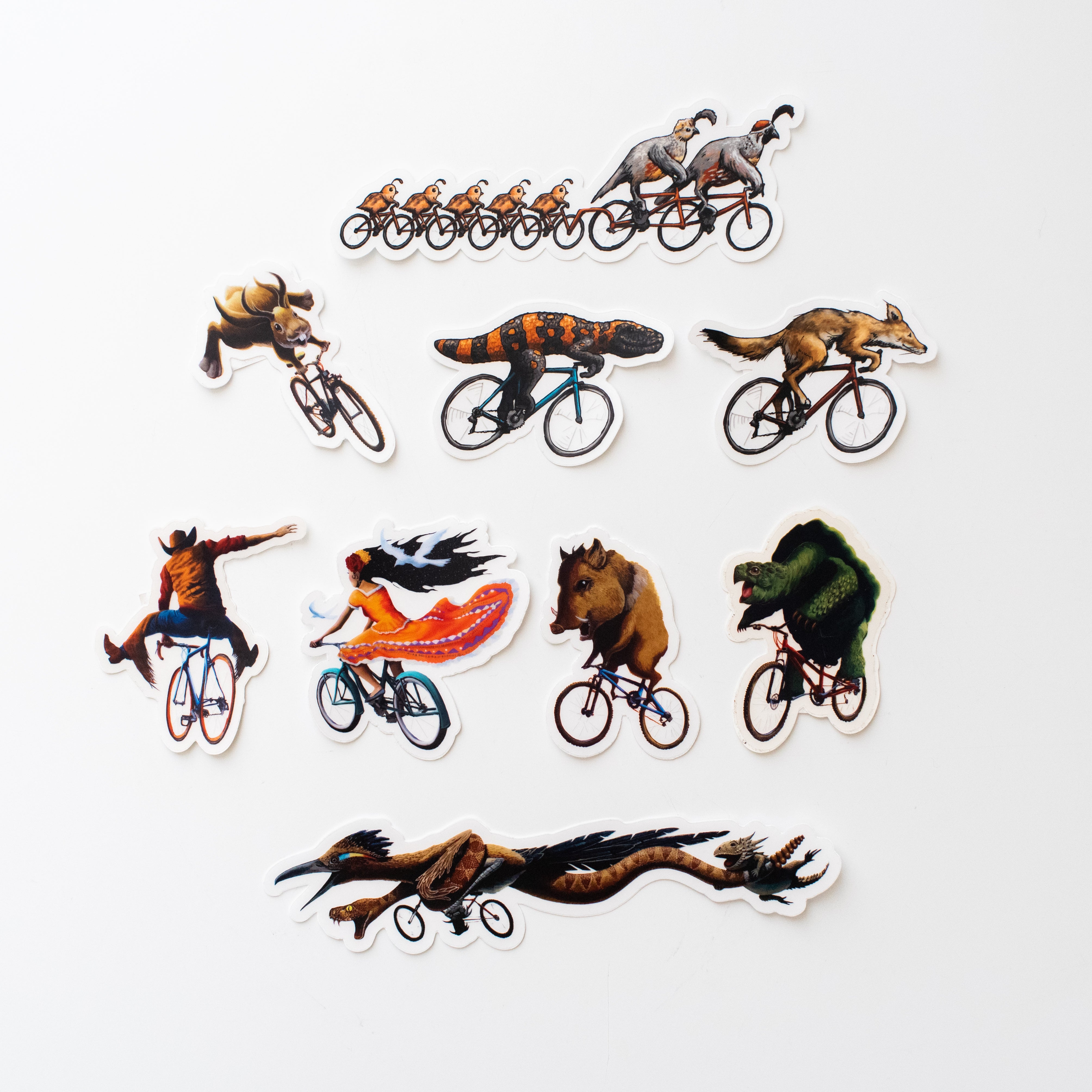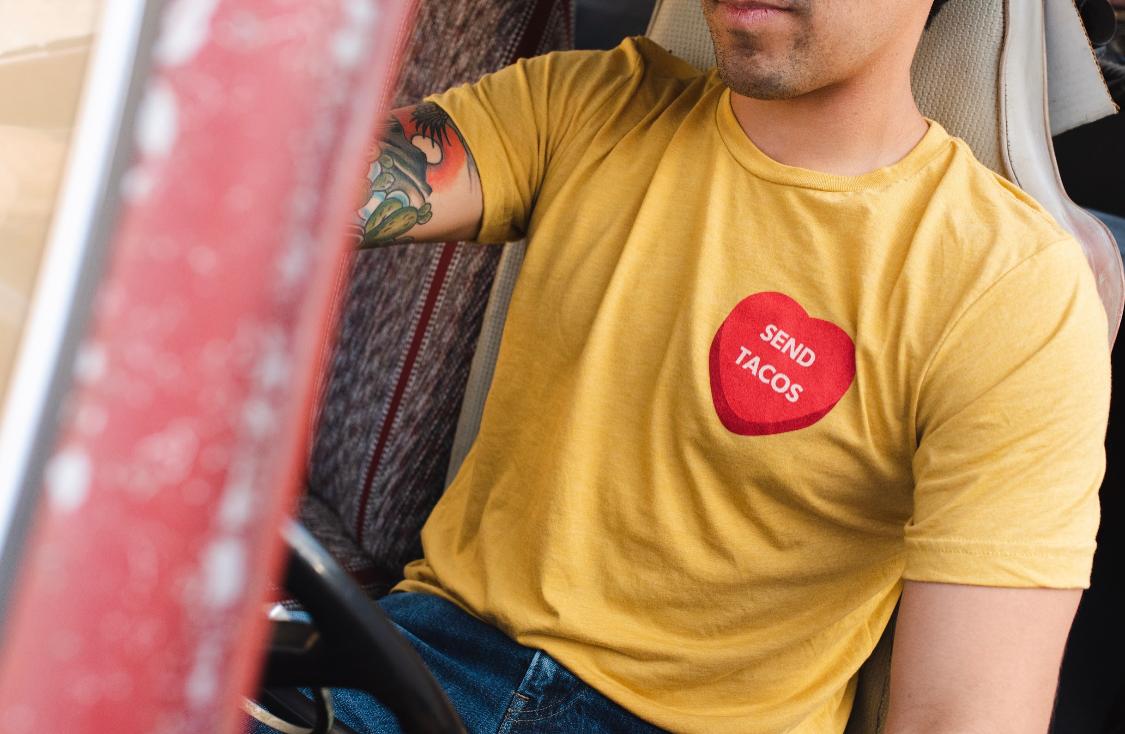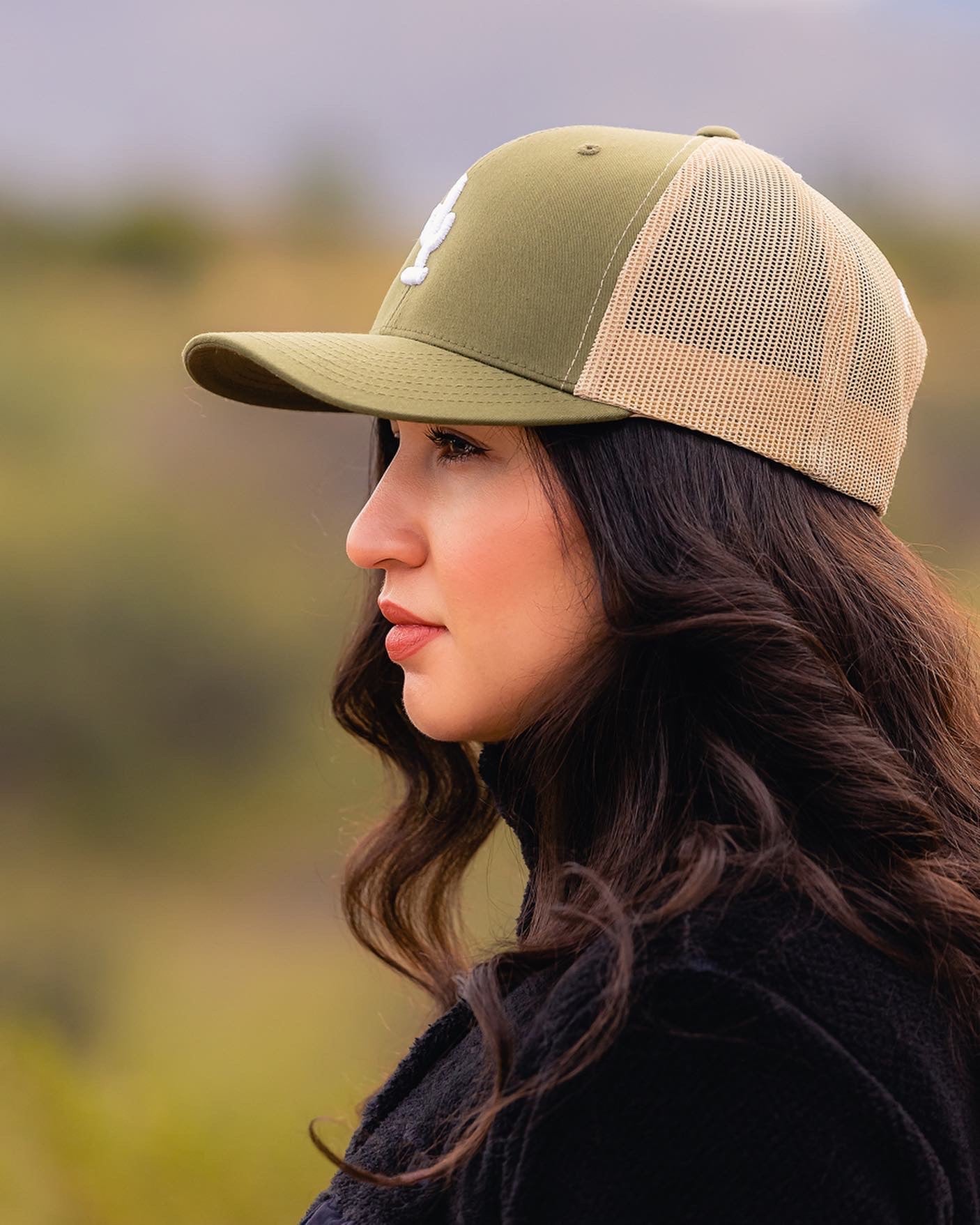Dunbar: The Neighborhood, the School, and the People, 1940-65
Dunbar: The Neighborhood, the School, and the People, 1940-65
Out of stock
The story of Dunbar, the neighborhood that took its name from the school in its midst, is in many ways the story of America. An almost forgotten 160-acre swatch of land north of the town of Tucson, Arizona, it was inhabited by a hardy mix of Anglos, Mexicans, Yaqui Indians, colored people (as African-Americans were called then), and Chinese. Separated from downtown Tucson by the Southern Pacific Railroad tracks, Dunbar's northernmost blocks had been the Court Street Cemetery since 1875.
Then, in 1912, statehood changed everything. It introduced mandatory school segregation which forced colored children to attend schools built only for them. In response, the Tucson school board converted an undertaker parlor/bakery into such a facility. Within five years the increasing number of students led to the construction of a school at 300 N. 2nd Street, which became the focal point of the neighborhood. The board named it the Paul Laurence Dunbar School after the renowned colored poet. Dunbar: The Neighborhood, the School, and the People, 1940-1965 tells the heartfelt and moving story of that community, and the other neighborhoods that fed into the school, as they all grew and thrived. It is told, as much as possible, using the words of those who lived it. The twenty-five years noted in the title began with the arrivals of Principal Morgan Maxwell, Sr., and Dr. Robert D. Morrow, superintendent of Tucson School District No.1; it spanned three wars, the first school integration, and the march of history.
Couldn't load pickup availability
Shipping & Returns
Shipping & Returns
Read about our policies here.
Share this product

What began as a gratitude practice now guides everything we choose to carry.
What We Strive For
What We Strive For
Every item in our shop is selected with intention. We work with makers and brands who care about quality, craft, and community as much as we do. Our goal isn’t to chase trends, but to offer pieces that feel good to give, receive, and keep for years.
Rooted in Place
Rooted in Place
We’re inspired by the people, stories, and landscapes that make Arizona special. The products you find here come from creators who share that same appreciation and put heart into what they make. We choose pieces that celebrate connection, creativity, and a sense of home.
Curated with Care
Curated with Care
We spend time getting to know the makers behind the items we carry and choose products we believe add something meaningful—whether that’s joy, usefulness, or a spark of inspiration. We do our best to support thoughtful craftsmanship and responsible production whenever possible.
Our Commitment
Our Commitment
We aim to offer items that reflect the values behind Why I Love Where I Live: gratitude, creativity, and community care. While every maker works differently, we choose to partner with those who prioritize quality and authenticity in their craft.








